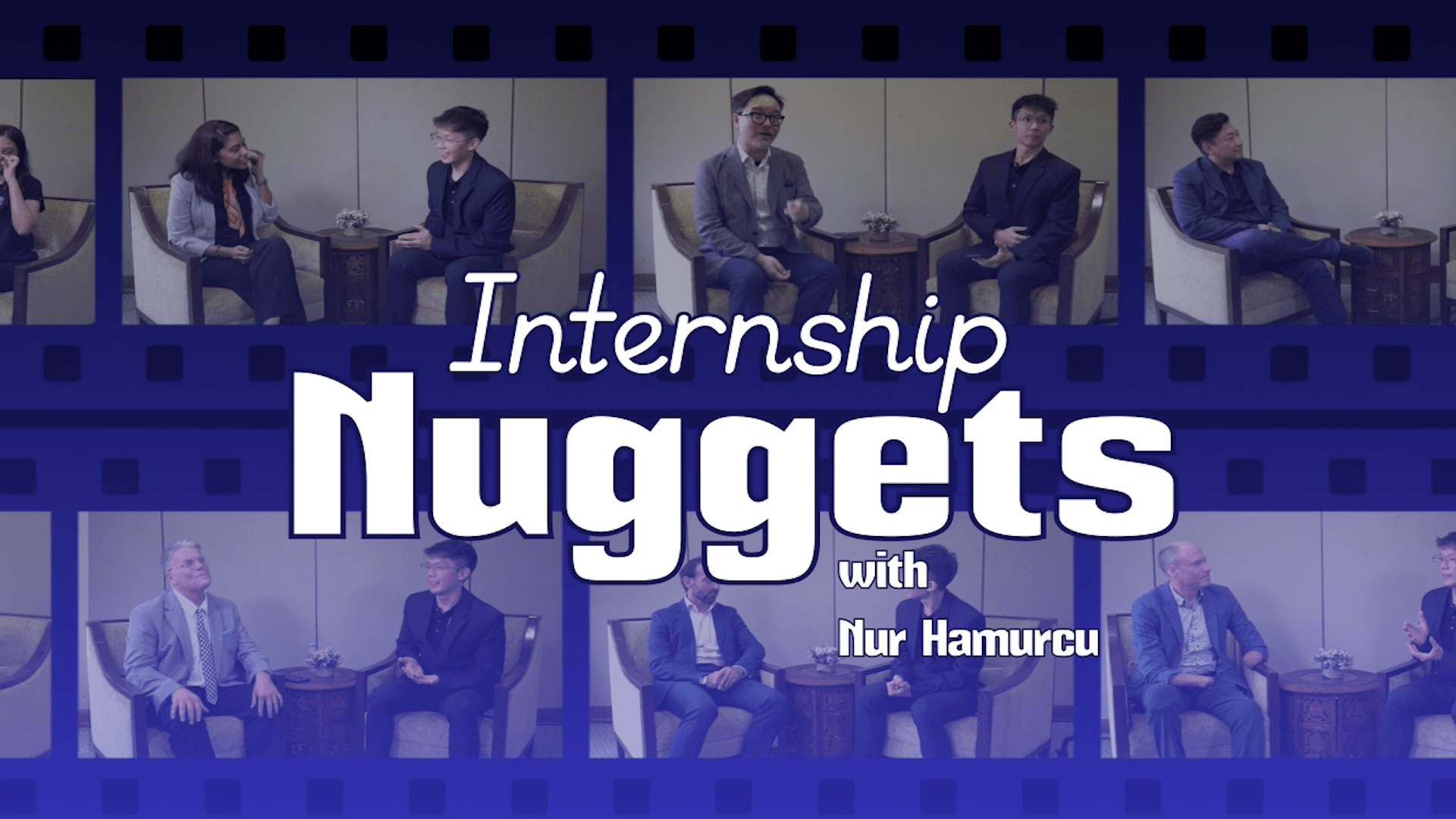How You Can Win Hearts And Minds Through Your Presentation

Every time I speak or train at a different company, I am faced with the same response: “You make presentations sound so simple. I get it, but how can I get buy-in from everyone else?” Sound familiar?
The goal of any presentation is to influence your audience to act. Maybe you want your employees to get on board with your new vision or idea, or to motivate your client towards a new outcome. You want to make them feel excited, inspired, and raring to go.
Yet nine out of ten times, at the end of a presentation, you’re probably met with blank faces or stifled yawns (if your audience hasn’t fled the room already).
So, what gives?
What’s your point?
The problem that most of us trip up on is that you need to think about the behaviour of your audience way before you even start talking.
You can only claim that you have a ‘winning presentation’ if your presentation achieves what you wanted it to achieve.
If your audience does what you want them to do; that they respond in the way you want them to respond, that’s a winner. That is how you measure whether your presentation has been successful or not.
But all too often when I ask a speaker what the objective of their presentation is, they don’t know what it is.
They can’t tell me why they are presenting (other than because they’ve been told to) or what they want the audience to feel, act or do after they’ve seen the presentation.
You have to be 100% clear on what your purpose for your presentation is.

Image | pixabay
Also by Emma Bannister: Why Your Presentation Skills Are The Keys To Employee Engagement
To identify your purpose, ask yourself:
What is your main message?
You should have only one. Less than 10% of a presentation is remembered, so if you start jamming in too many messages then you will lose your audience.
As communication expert Dianna Booher once said, “If you can’t write your message in a sentence, you can’t say it in an hour.”
What is your objective?
Are you trying to educate your audience, share results or sell them something? Again, you should only be doing one of these.
What are your audience’s needs?
Do you have a clear understanding of whom you are presenting to? What do you want them to think, act or feel after you present?
You must assess their beliefs, values and motivations. What makes them tick? Get into their shoes at the start, listen to them as you walk through the presentation and gather feedback at the end.
Be human
The key challenge we face is that the world is more competitive every day.
It is harder than ever to stand out and be noticed; to communicate your point of view with the right people in the right way.
But there is one thing that is not going to help you, i.e. business or corporate jargon.
There is no more B2B (business-to-business) or B2C (business-to-customer) in today’s communication landscape. In fact, is has created unnatural, overcomplicated messages and solutions that people can’t engage with.
What the world needs today – your customers, clients, stakeholders and team members – is H2H (human-to-human): a natural connection through compelling visuals and emotional stories.
In business, we’ve been taught to stick to the facts and to leave out any hint of emotion. Yet research proves that our decisions – whether we buy or buy-in to something – are influenced by our emotions.
Remember, people buy from people they like. So, you need to make your audience feel something towards you other than the urge to flee the room.
The best presenters are those who can use a combination of facts and emotions to explain a future goal that everyone wants to work towards.
Use images to create sadness, excitement, inspiration or even anger if it’s appropriate to your cause. Pair these with infographics and diagrams that sum up your main points and data.
I’ve also seen people use videos successfully to create something that moves the heart strings and lingers for a long time in everyone’s memory.
When you share your vision and goals through compelling stories and slides, you reduce fear and instil confidence in your audience. That’s when they will connect to a future they want to be a part of.
De-clutter and simplify
Many of us believe that sharing everything and anything, blinding our audience with numbers, is the best way to be transparent and open when it comes to a presentation.
This couldn’t be further from the truth. It will only put off the people you are trying to engage with and make them lose interest faster.
It’s more important to cut out all the clutter from your presentation.
A powerful leadership ppt has content that is clear, easy to understand and uses simple language and images that connects and engages your audience through a balance of emotion and analytics.
Your audience will leave the presentation feeling different, i.e. inspired or excited to act on what you want them to do.
A poor presentation, on the other hand, has content that is overloaded with facts, statistics, numbers, corporate jargon and dense text.
It leaves the audience feeling confused and disengaged. They will leave the room with no idea of what to do next – except never attend one of your presentations again.
Be honest
Be clear and honest in your presentation. It’s also important not to cover up negative information or numbers. Nothing turns your clients or customers off more than when you lie about your financial position.
You need to be future-focused and take ownership of any problems. Explain the steps you’re implementing to turn things around to minimise loss, and get your team involved to help with this, too.
Be open and transparent about where you are at right now, and what is involved in the journey to get where you are going – together. Leave them inspired, not deflated like it is their fault.
To sum it up
Bad slides and presentations are used like a security blanket to hide things under. So, start with small changes to your content and attitude, and stop hiding and hoping for the best. Your customers, clients and team members will respect you for that.
Yes, getting buy-in from your people really is as simple as that.
You may also like:
Leadership Nuggets: How To Present Confidently And Effectively
Leadership





